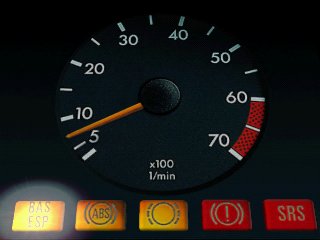Competitively speaking currently [prior to the Bitboys announcement and NVIDIA's MediaQ purchase] the main "video" vendor you are in competition with is ATI and their Imageon line currently shipping in PDA's - do you see them as a threat going forward for the 3D space?
I would expect both ATI and NVIDIA to be interested in mobile handheld markets for 3D. I am interested in seeing how they are going to attack those markets as they are inherently different to the market they normally operate in.
We can talk about the architectural benefits of Tile Based Rendering e.g. bandwidth etc., which is one area, but how they broach the business side of those markets is just as key. All the consumer electronics markets are SoC based - they are not stand alone graphics based. There may be a couple of cases today of standalone graphics for PDA's, however, power, cost, and size are the issues in this market, which is why everyone is going "integration, integration, integration". And the question is: how do ATI and NVIDIA do that? They either say they are also going to design an application processor which means they will be competing against Intel, TI, Hitachi and Qualcomm. Or they can license IP, which is a completely different business model to their existing one.
ATI and NVIDIA's company valuations are based on being silicon providers who take a 30% margin on chip prices - our valuation is based on being an IP supplier who takes a smaller amount of money but much higher margins. If they go IP licensing then their revenues drop, so how do they sell that to their investors?

What do you see as the inherent disadvantages of just selling a standalone chip?
Cost and power.
Cost because you can't sensibly utilise UMA sensibly with separate chips or you end up with very complex memory interfaces, so you end up with separate memory subsystems. Cost because you are paying for two packages. Cost because you are using more PCB area both for the memory and the chips themselves.
Power because you've got more I/O's - I/O's to connect one chip to the other chip and I/O's for each of the memory systems. It's I/O's that are a significant power user.
